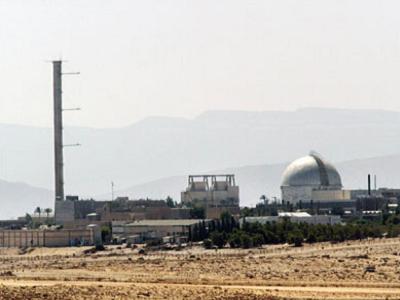
Israel recently carried out a series of tests in the desert in conjunction with a four-year project at the Dimona nuclear reactor to measure the damage and other implications of the detonation of a so-called “dirty” radiological bomb by hostile forces. Such a bomb uses conventional explosives in addition to radioactive material.
Most of the detonations were carried out in the desert and one was performed at a closed facility. The research concluded that high-level radiation was measured at the center of the explosions, with a low level of dispersal of radiation by particles carried by the wind. Sources at the reactor said this doesn’t pose a substantial danger beyond the psychological effect.
An additional concern stems from a radiological explosion in a closed space, which would then require that the area be closed off for an extended period until the effects of the radiation are eliminated.
In 2010, staff from the Dimona nuclear reactor began a series of tests, dubbed the “Green Field” project, designed to measure the consequences of the detonation of a dirty bomb in Israel. The project was concluded in 2014, and its research findings have been presented at scientific gatherings and on nuclear science databases. The researchers explained that the experiments were for defensive purposes and that they were not giving consideration to offensive aspects of the tests.
– Read more: Israel Tested ‘Dirty-bomb Cleanup’ in the Desert – Haaretz




